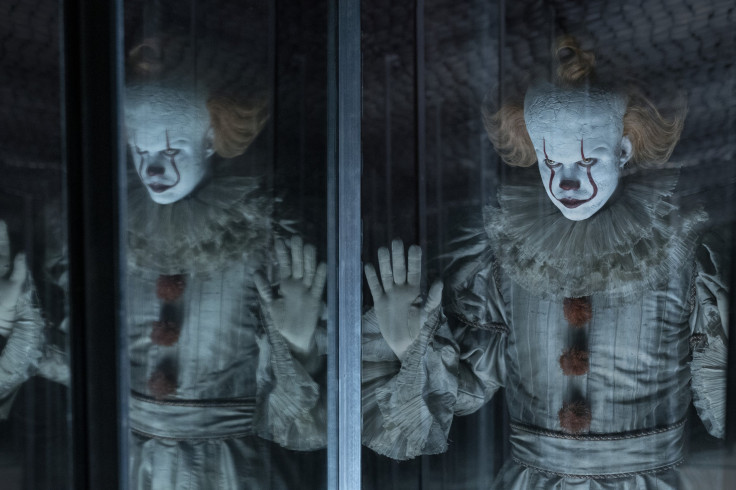How Have Horror Movies Changed Through The Decades? Look Inside The Evolution

For decades, the genre of horror has both fascinated and terrified audiences. Ranging from high-budget films to smaller indies, the themes that have been popular with horror fans have ebbed and flowed as time has progressed. How have horror movies changed through the decades? Here, we'll take a closer look.
The 1960s:
During this decade, small studio releases garnered critical acclaim. Additionally, many films were released in double bills, which gave the lesser-known of the two a platform that could be used to both get in front of new audiences and take some creative risks. "Psycho" (1960) and "Rosemary's Baby" (1968) were two standouts that emerged during this time period.
George A. Romero's "Night of the Living Dead" (1968) also broke away from the pack and earned over 250 times its budget, according to Bustle.
The 1970s:
In the '70s, a trend that became quite noticable was the one surrounding horror sequels. This was evident with films such as "The Amityville Horror" (1979), "The Omen" (1976), "The Texas Chainsaw Massacre" (1974), and "The Exorcist" (1973), just to name a few. All of the aforementioned titles earned at least three more sequels in each of the franchises. Several important movies from this decade also centered around religious elements.
The 1980s:
During this unique time, the "slasher" genre was popularized. It was also a time when movies became more widespread due to the creation of VHS tapes, and subsequently rentals. However, a few movies from this time frame that people associate with the '80s don't necessarily evoke feelings of fear, such as "Gremlins" (1984) and "Beetlejuice" (1988). In turn, humor began to play a bigger role when it came to horror moving forward.
This was also evident due to the fact that the "Nightmare on Elm Street" movies broke into the mainstream thanks to Freddy Krueger's signature humor in his dialogue. According to Vanity Fair, "wise-cracking horror killers had become more common by the end of the 1980s with Chucky from 'Child's Play' bringing a Don Rickles sensibility to the genre."
The 1990s
Going back to the low-budget roots of horror, films such as 1999's "The Blair Witch Project" were able to find their place. Cheap indies once again had the ability to earn both critical respect and positive feedback from audiences. It is said that this movie was also a big inspiration for films down the road, such as "Paranormal Activity" (2007) and "Cloverfield" (2008).
Also during this decade, audiences saw the genre begin to look inwardly for humor with films that leaned into self-parody, such as "Scream" (1996). This was also the beginning of M. Night Shyamalan's cinema takeover, as "The Sixth Sense" made its debut in 1999.
The '00s:
At this time, horror turned more towards a science-fiction tone with the Will Smith-led "I Am Legend" (2007) and Steven Spielberg's "War of the Worlds" (2005) making a major impact during these years. Even though these lean heavily into action, they are still considered by some to be horror due to the elements of uncertainty that are presented throughout each.
"The Grudge" (2004) and "The Ring" (2002) also made their debuts at this time, which were remakes of Japanese films.
The '10s:
In our present time, horror seems to be taking a more artistic turn, with films like "Get Out" (2017) and "A Quiet Place" (2018) becoming fan favorites. Stephen King has also been a staple of the films that have made a mark in these recent years, notably with "It" (2017) and "It Chapter Two," which just hit theaters last Friday.
© Copyright IBTimes 2024. All rights reserved.





















